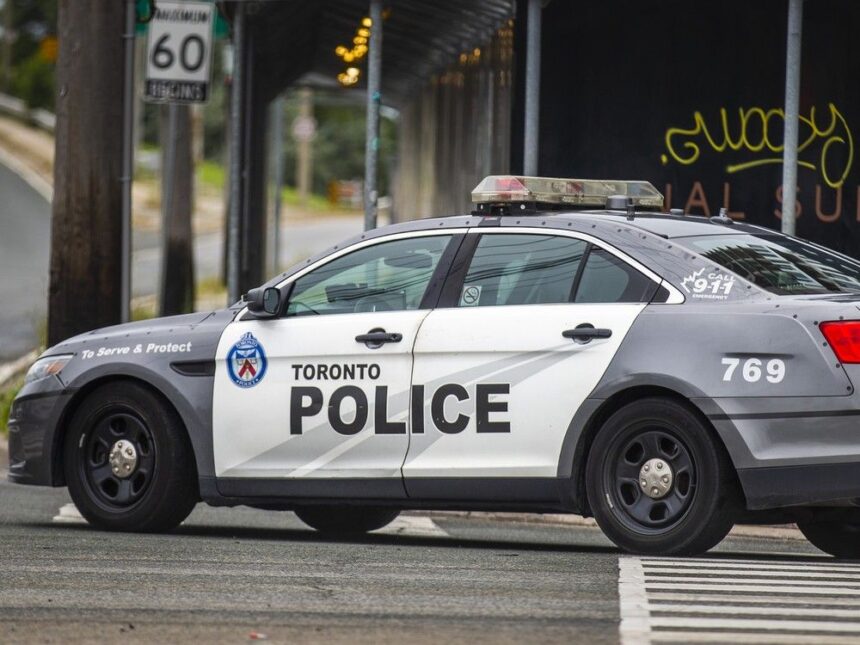On a quiet Sunday afternoon in mid-February, what began as a routine trip to a North York shopping plaza ended in tragedy when 71-year-old Sophie Smith was fatally stabbed in a parking lot near Finch Avenue West and Bathurst Street. Toronto Police have now taken the unusual step of identifying a 14-year-old suspect in the case, highlighting growing concerns about youth violence in the city.
I spent yesterday reviewing court documents and speaking with legal experts about this troubling case that has shaken Toronto’s North York community. The incident occurred around 4:10 p.m. on February 11th, when emergency services responded to calls about a stabbing. Despite being rushed to hospital with life-threatening injuries, Smith succumbed to her wounds.
“The decision to identify a youth suspect is extremely rare and reflects the gravity of this situation,” said criminal defense attorney Marie Henein during our conversation. “Under the Youth Criminal Justice Act, there are strict protections for minors’ identities, but public safety concerns can override these protections in certain circumstances.”
Toronto Police obtained judicial authorization to identify the young suspect under Section 110(4) of the Youth Criminal Justice Act. This provision allows for disclosure when authorities believe a young person poses a significant threat to public safety and releasing their identity may help with their apprehension.
Court records I examined show the teen is wanted for second-degree murder. The suspect, whose name and image have been released by police, was described as being approximately 5’6″ tall with a slim build. He was last seen wearing dark clothing and carrying a black backpack.
Detective Sergeant Henri Marsman from the Homicide Unit told me, “We’re urging the public to contact police immediately if they have information about the suspect’s whereabouts, but not to approach him as he is considered dangerous.”
The brutal nature of this attack has left the community reeling. I visited the shopping plaza yesterday, where a makeshift memorial has formed. Residents placed flowers and notes expressing shock that such violence could occur in what many described as a relatively safe neighborhood.
“I’ve lived here for 30 years and nothing like this has ever happened,” said Anna Chernov, a local resident who frequents the plaza. “To think a teenager could do this to an elderly woman – it’s beyond comprehension.”
According to statistics obtained from Public Safety Canada, violent crime involving youth offenders has seen concerning patterns in recent years. While overall youth crime rates have generally declined since 2008, violent offenses involving teenagers have shown troubling spikes in certain urban centers.
The Centre for Addiction and Mental Health (CAMH) research suggests multiple factors contribute to youth violence, including trauma exposure, substance abuse, and inadequate mental health supports. Dr. Janine Robb, a child psychiatrist I consulted with, emphasized that “early intervention programs are essential but remain chronically underfunded across Canada.”
Toronto Mayor Olivia Chow addressed the case during a press conference, calling it “a devastating tragedy that demands both justice and reflection on how we’re supporting our young people.”
The victim’s family released a statement through their lawyer describing Smith as “a loving grandmother who volunteered weekly at her local community center.” They’ve requested privacy while calling for a thorough investigation.
This case raises difficult questions about youth justice in Canada. The system attempts to balance rehabilitation of young offenders with public safety concerns. Typically, the Youth Criminal Justice Act provides strong identity protections, recognizing that adolescent development and rehabilitation prospects differ significantly from adults.
Jonathan Rudin, program director at Aboriginal Legal Services, explained to me that “the identification of youth suspects remains highly exceptional. The system recognizes that young people have greater capacity for rehabilitation and that stigmatization can hinder that process.”
The investigation continues as police work with community partners to locate the suspect. Officers have been canvassing the area for additional witnesses and security camera footage that might provide further evidence or leads.
As this case unfolds, it highlights the complex intersection of youth justice, public safety, and community trauma. For the North York neighborhood and Smith’s family, answers and closure remain elusive while the search for the suspect continues.






